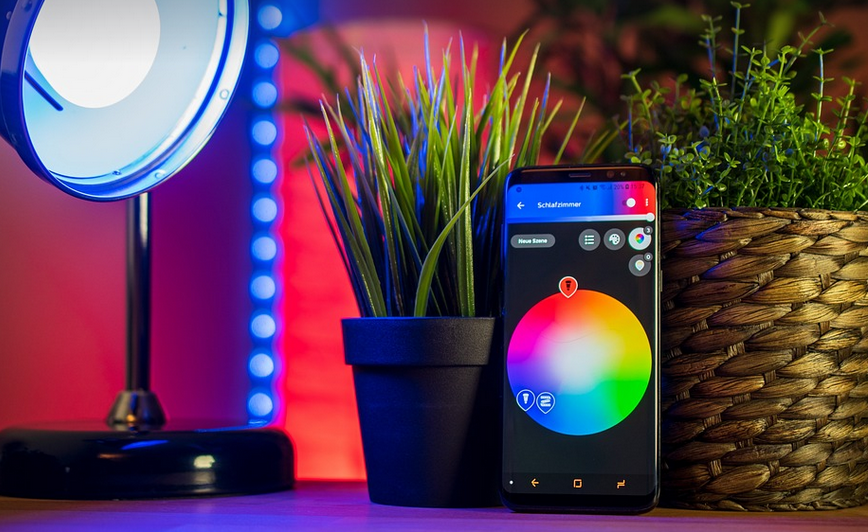
Emerald Ash Borer Treatment Products: Protecting Your Trees In 2025
A Closer Look at the Battle Against The Emerald Ash Borer
The emerald ash borer, or EAB as it’s often called, has been wreaking havoc on North American ash trees for years. This invasive beetle, native to Asia, landed in North America around 2000 and caused a devastating spread of emerald ash borers. Its tiny larvae burrow into the wood of ash trees, killing them from the inside out. While it may seem like a battle lost, there’s still hope, and with the right information and tools, you can protect your beloved ash trees.
Understanding The Threat
The EAB’s impact on our environment is profound. They’re not just killing individual ash trees; they’re disrupting entire ecosystems. Ash trees are a vital part of many forests and wildlife habitats, providing shade for animals, food sources for insects, and even regulating water flow. The loss of these trees can have rippling effects throughout the ecosystem.
Why Choose Treatment Products?
There’s no denying that EAB is a serious threat to our forests, but there are ways we can fight back! Treatment products offer a powerful defense against this destructive pest. They can help you: slow down the spread of EAB in your area, protect existing ash trees, and even potentially save some from being entirely destroyed.
Exploring Treatment Product Options
The world of EAB treatment products is diverse, ranging from traditional methods like insecticide applications to more cutting-edge solutions. Let’s dive into a few prominent categories:
1. Insecticides: The Traditional Frontline
Insecticides are the workhorses of ash tree protection. They contain potent chemicals designed to kill EAB larvae and prevent further infestation. These insecticides can be applied as soil drenches, trunk sprays, or even injected directly into trees. It’s important to choose the right type and concentration for your specific needs.
2. Tree Wraps: A Barrier Against Invasion
Tree wraps are a protective shield that helps prevent EAB larvae from entering your ash tree’s inner layers. These special, heat-resistant films wrapped around the trunk create a physical barrier, effectively blocking off the beetles from reaching their target. While not as potent as insecticides, they can play a vital role in preventing infestations.
3. Biological Control: A Natural Approach
Harnessing nature’s weapons, biological control uses naturally occurring predators and parasites to combat EAB. These natural enemies are being actively researched and developed for their effectiveness against EAB. These methods may involve introducing specific species of wasps or fungi that can attack the larvae, reducing EAB numbers over time.
4. Integrated Pest Management: A Balanced Approach
Integrated pest management (IPM) is a holistic method that combines multiple strategies to control pests on an ash tree without resorting to harsh chemicals. IPM utilizes a combination of preventative measures like proper maintenance, targeted treatments, and the introduction of beneficial insects for overall protection.
Choosing The Right Treatment
Selecting the right treatment product is crucial for success. Factors like tree health, severity of infestation, budget constraints, and personal preferences all play a role. Consult with a certified arborist or your local extension agent for guidance on choosing the most suitable options for your specific situation.
The Importance of Prevention
While treatment products can be effective in combating EAB, prevention is always the best defense. Regularly inspect your ash trees for any signs of infestation—like woodpecker activity or unusual leaf droppings. Early detection allows you to take action before the damage escalates.
Maintaining a Healthy Ash Tree
Beyond treatment products, providing your ash trees with proper care is crucial. Adequate watering and fertilization will help them stay healthy and resilient, making them less vulnerable to EAB attack.
**Please remember:** This information is for educational purposes only and does not constitute professional advice. Always consult with a certified arborist or your local extension agent before implementing any pest control measures.